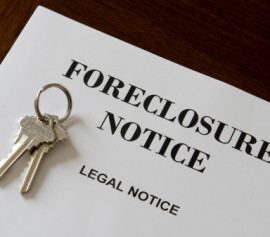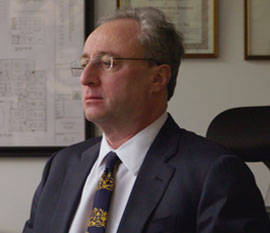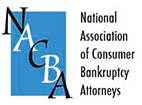What You Need to Know About the Mortgage Loan Modification Process

If you’re facing foreclosure, you’re probably looking for options – and a mortgage loan modification might be one choice on the menu.
In a mortgage loan modification, one or more of the requirements of a loan are changed so that the person paying the loan can more easily meet the terms. When a loan modification is made to a home loan, the result may be a payment you can continue to make, allowing you to keep your home.
There are multiple ways to seek a mortgage loan modification. Options include:
Voluntary Loan Modification
In a voluntary loan modification, the lender and borrower come together and agree on a change to the terms of the mortgage. Loan modifications may be governed by guidelines set by the U.S. Department of Housing and Urban Development (HUD).
To help your request for a voluntary loan modification succeed, you’ll need to demonstrate that your financial circumstances have changed, but that you still have enough money available to make regular payments if the terms of the mortgage are modified. An attorney can help you gather the necessary paperwork and present a proposal to the lender.
Mediation Process
If voluntary loan modification doesn’t result in an agreement, mediation may be the next step in the loan modification process. In mediation, you and the lender will sit down with a neutral third party – the mediator – in order to negotiate an agreement. Your attorney can assist you during mediation.
Mediation offers a more formal, focused structure than voluntary loan modification negotiations, but typically requires less time and expense than a trial. If mediation fails, options remain available, such as filing for bankruptcy in court.
Bankruptcy Court
Filing for bankruptcy allows you to stop the foreclosure process, buying you time while you work out a solution. As part of the bankruptcy agreement, you may be able to catch up on your missed payments, apply for a loan modification that is supervised by the bankruptcy court, or walk away from an “underwater” mortgage (a situation in which you owe more than the home is worth). A bankruptcy claim may also help you address other sources of debt, such as credit card balances and car loans.
New York bankruptcy attorney Michael H. Schwartz has assisted clients with more than 4,000 filings. Under his guidance, clients haven’t had a single discharge denied or lost a single home in foreclosure.
As one of the top-rated bankruptcy lawyers in New York, Mr. Schwartz can help you keep your home and preserve your future financial well-being. To learn more through a free case review, call (800) 666-9743 or send us a message.

Michael H. Schwartz is the largest filer of bankruptcy cases for people living in Westchester and Rockland counties in New York. A graduate of New York Law School, Michael has been licensed to practice in New York State courts since 1983. He is also licensed to practice in the U.S. Bankruptcy and District Courts for the Southern, Eastern and Northern Districts of New York and the District of New Jersey as well as the Second Circuit U.S. Court of Appeals. He is a graduate of Max Gardner’s Bankruptcy and Veterans’ Boot Camps. Several media outlets have reported on his cases or sought his insights, including The New York Times.





